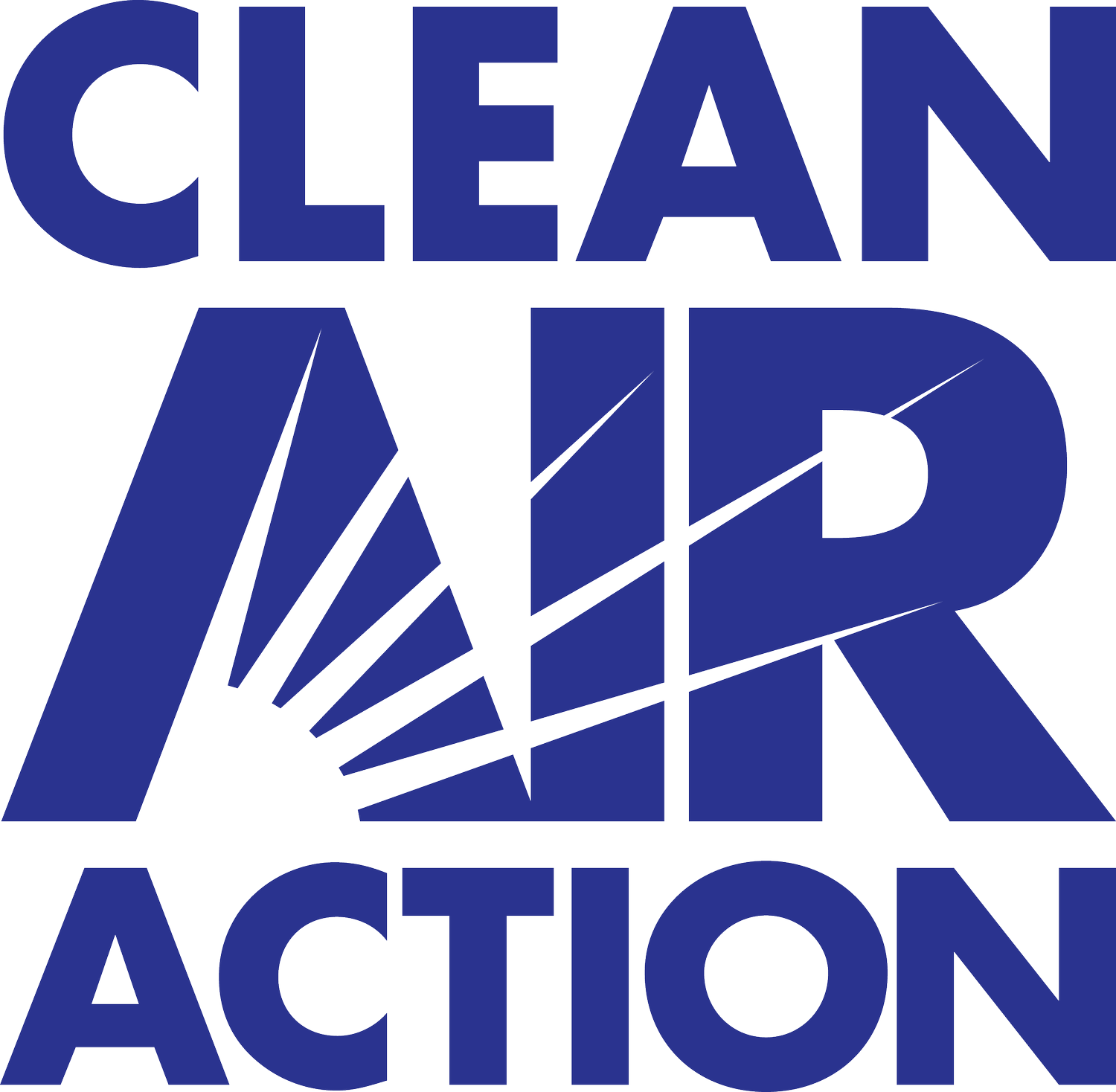It’s Now or Never for Federal Climate Legislation
There are countless reasons why federal climate legislation is desperately needed. To name a few, significant climate action would save the United States trillions of dollars in the long run, protect us from inflation and energy shocks, undermine the influence of petro-dictators, and save countless lives around the world. But that’s not the point of this post. The point of this post is to explain why it’s now or (as good as) never for federal climate change legislation. Over the next few months, anyone who cares about the future of the planet should do everything in their power to make sure it’s now, not never.
Why It’s Now or Never:
Despite the existential stakes of climate change, the federal government has never managed to pass a signature piece of climate legislation. Since there is zero appetite in the Republican party for climate or clean energy policy, passing a bill essentially requires Democrats to have unified control of the White House, the Senate, and the House of Representatives. But a so-called “Democratic trifecta” is extremely rare. Since 1980, it has only happened three times: 1993–95, 2009–11, and 2021–now.
With Democrats potentially on track to lose one or both houses of Congress in the 2022 midterm elections, we have just a few months to pass climate legislation before this rare but crucial window closes. History tells us that the window won’t open up again any time soon. Since the 1970s, neither party has regained unified control over the federal government faster than 10 years after losing it. That means that, in the most optimistic scenario, the next chance for federal climate legislation would be in 2032. The United States has committed to cutting greenhouse gas emissions 50 percent by 2030. So, needless to say, 2032 is too late for federal climate legislation that would have anywhere near the same impact on limiting the most devastating impacts of climate change going forward.
How We Got Here:
Thanks in large part to the work of environmental activists and the climate movement, President Biden entered office with the most ambitious climate agenda in American history. President Biden’s climate agenda would transform the transportation sector, put the nation on the path to a 100% clean electricity grid by 2035, and address environmental injustice. Perhaps most importantly, it would put the United States on course to cut its overall greenhouse gas emissions 50-52 percent from 2005 levels by 2030.
That climate agenda was almost entirely incorporated into President Biden’s signature piece of legislation: the Build Back Better Act, which addressed climate change, health care, child poverty, and much more. After many months of grassroots pressure and legislative maneuvering, Build Back Better passed the House of Representatives in November 2021. But, thanks to Joe Manchin and the fortune he makes from his coal investments (and every single Republican senator), the bill has indefinitely stalled in the Senate. The Build Back Better Act, with its $555 billion in climate change investments, is now seemingly off the table.
What You Can Do Now:
Although the Build Back Better Act as a whole is not coming back, momentum is growing to pass its climate provisions in a stand-alone bill. Even Joe Manchin has signaled some openness to energy legislation that would include significant funding to fight climate change. With just a few months until the midterms, the environmental movement must focus its energy on securing federal climate legislation. Even if your Senator or Congressperson supported Build Back Better, you should call on them to fight for stand-alone climate legislation with the urgency that this moment demands. We should all put every ounce of our energy into this fight for the next few months—if we fail, we’ll have at least ten years to rest up for the next battle.

